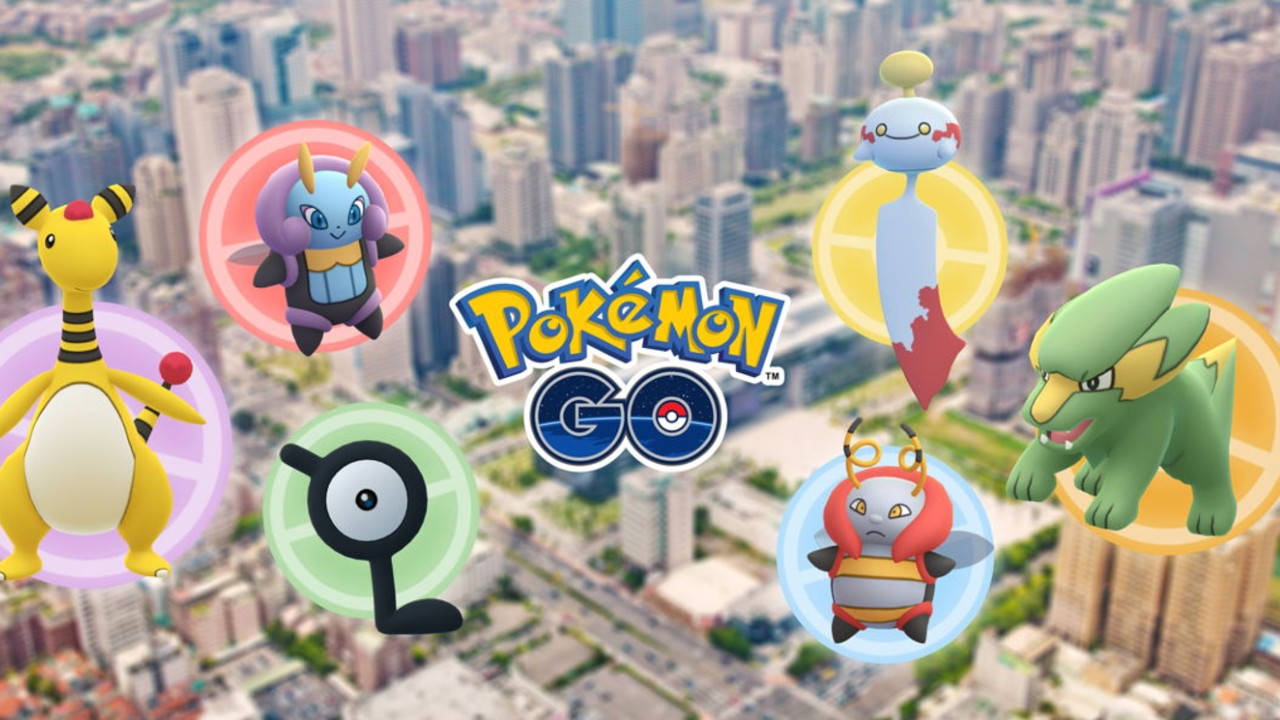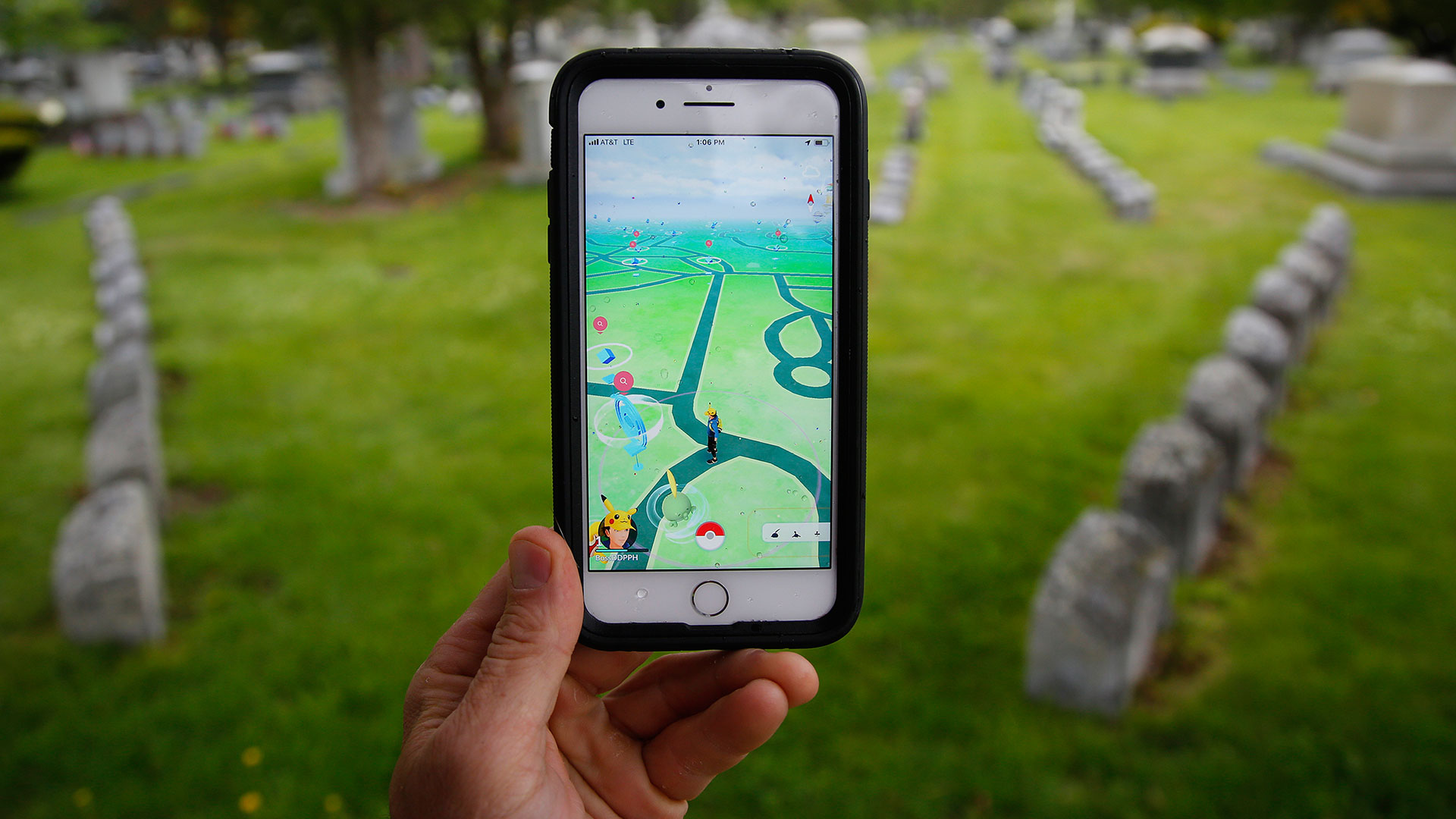Pokemon Go from home: Can Niantic really make an outdoor game playable from lockdown?
Niantic is adapting its social game to account for social distancing but there's still a long way to go

Pokemon Go is one of the most successful games on any platform in recent years. Niantic's augmented reality hit brought in a staggering $1.4bn in 2019, a thriving player community, and even holds a number or Guinness World Records to its name.
Normally, that would be cause for any developer to celebrate. In the midst of the COVID-19 crisis though, as people are faced with increasingly stringent lockdowns on personal movements in an effort to stem transmissions of the virus, maintaining a game that incentivises players to gather to tackle high-level raids and generally explore the real world is cause for concern.
Niantic has already reacted in good speed to this, postponing planned Safari Zone weekends – mass gatherings of players for special events – in Liverpool, St Louis, and Philadelphia, and even February's Community Day, which would have seen the psychic Pokemon Abra appearing en masse. One event that has continued though is the ticketed Special Research event, "A Drive to Investigate".
From 20-23 March, players could purchase an in-game pass for £7.99/$9.99 to access a series of tasks, the completion of which would reward them with rare items and an early chance to catch the Mythical Pokemon Genesect. With the coronavirus crisis in mind, Niantic adjusted the event before launch, claiming it was "designed to be playable without group gameplay". It also offered a bundle of incense – an in-game item that lures Pokemon to a player's location – available for one Pokecoin; effectively free. But were these measures enough to make an inherently outdoors game viable from your couch?
In short, no.
A chance of pace

The Pokemon Go A Drive To Investigate storyline broke down its quests into five stages, each with its own set of distinct rewards. While these were broadly easier than those for the previous Special Research event, October 2019's Pokemon Go A Colossal Discovery event – which required players to participate in outdoor raids – the odds were stacked against any player trying to complete them without leaving their homes.
Many of the research tasks were indeed possible to tackle from the comfort of your couch. Most were pleasingly simple – play with your Buddy Pokemon, send gifts to friends, transfer three Pokemon, and other activities that take literally seconds. Some challenged you to engage in versus battles against other trainers, but these are done online anyway. A later task to battle team leaders is even easier, requiring you to take on the AI-driven leaders of Pokemon Go's Team Instinct, Mystic, or Valor.
Weekly digests, tales from the communities you love, and more
The real hurdle though was the sheer number of Pokemon players were required to catch – 25 for each of the five stages, plus nine more encounters as rewards for completing tasks. That's a not-inconsiderate 134 Pokemon, meaning at least that many Pokeballs – assuming a 100% perfect first-throw catch rate. Realistically, bad throws and Pokemon escaping will rapidly burn through even a healthy supply of Pokeballs.

Pokemon Go keeps changing as players are encouraged to stay home, as Niantic details the changes it's making to play.
While more Pokeballs can be bought through in-app purchases, they're not exactly cheap – 20 regular Pokeballs will set you back 100 Pokecoins; 100 balls is 460 coins. A stack of 1200 Pokecoins will cost you £9.99 in real money, so £6.66 for 200 balls at a hefty 800 coins is a devilish proposition. More powerful Great Balls and Ultra Balls are not purchasable at all. Instead, players are more likely to go and harvest more Pokeballs the free way – by leaving the house and spinning Pokestops in the real world. Another task, to send three gifts to friends, poses a similar challenge – these items cannot be bought, and are only obtained by spinning Pokestops, though opening ones sent to you by friends can, randomly, provide more Pokeballs. If you had no gifts when you got to that particular task though, you either could not proceed, or had to go and find a Pokestop outside. Depending on where you are in the world, and the level of lockdown you may be under, this could range from "unadvisable" to "legally impossible".
The high number of Pokemon to catch during the event also had the potential to frustrate players. Despite Niantic increasing spawn rates and effectively gifting the incense bundle to players, staying in one location means a lower encounter rate. With the 25 Pokemon to be caught at each level split by type – Normal, Fire, Water, Electric, and finally Ice – you need to wait for the right creatures to appear, and then successfully catch them. Even with the incense's spawn rate boosted – normally it spawns one Pokemon per minute when walking and one per five minutes when standing still; currently it spawns one per minute when stationary – it's an interminably slow process. It took just short of three days, playing intermittently, to catch all the necessary Pokemon, burning through the stack of 30 incense in the bonus bundle while waiting for the requisite amount of the correct elemental type to appear. Guess what a lot of players will do? Go outside to speed it up.
A drive to stay inside

Another obstacle came in the third phase of the event, where one of the tasks is to hatch an egg. In Pokemon Go, eggs only hatch after you've walked a certain distance though – 2km, 5km, 7km, or 10km. While Niantic has temporarily halved the hatch distance, and the rewards for the second phase included three Super Incubators – an item that speeds up hatch times even further – if you can't leave your house, racking up the steps to bring new Pokélife into the world is a trial. Again, the temptation for many will have been to break quarantine procedures.
Although not directly related to the Genesect quest line, Pokemon Go also suffered some downtime during the event. Many users were consistently unable to log in, a problem that only proved resolvable if players uninstalled, then reinstalled the app. While no data was lost, it proved a further irritation on top of the stress of dwindling resources and waiting for the right Pokemon to appear.
So what could Niantic do to have made it easier to play the A Drive to Investigate event from home? Ideally, the event would have dropped all the catch tasks entirely, swapping them for more individually achievable objectives: evolving a certain number of Pokemon, for instance, or powering up a Pokemon of each of the required elemental types – though even that would require players to have enough Stardust, another in-game resource, earned by catching Pokemon. Alternatively, the numbers required to be caught could have been drastically reduced – 10 at each level, perhaps, would have been far more realistic.
It is, perhaps, understandable that Niantic couldn't make the Genesect event fully playable from home. The COVID-19 response is rapidly evolving, and official advice varies wildly – in the time taken to develop this article alone, the UK government's stance has morphed from recommended social distancing to an enforced lockdown with legal powers. In the US, where Niantic is based, rules on how much people are allowed to leave their homes may differ from state to state. It's a scary situation, and the developer should be applauded for trying to keep the event accessible when best practice advice changes daily.
More to be done

However, more needs to be done to transition Pokemon Go to a play-at-home game, which it will effectively be for the foreseeable future. Niantic is already taking some positive steps, helping address the Pokeball deficiency by introducing a bundle of 100 for one Pokecoin; similar special offers are confirmed to be cycling through the in-app store weekly. It is also removing the walking and Pokecoin requirements to access the Battle League – Pokemon Go's online versus mode – until at least 13 April, and dropping the friendship level requirement for one-to-one battles until at least 1 May.
The developer could go further – to abandon or modify the three daily progress tasks would be a good start. Currently, players have to spin a Pokestop, catch a Pokemon, and turn in a non-event field research task in a seven-day streak to earn rewards. These need to go. The gifting system also needs a temporary re-think – until further notice, the number of gifts you can open per day is being lifted to 30, and the number you can carry to 20, but that does nothing to address the fact you can only obtain these by visiting Pokestops.
These changes might feel like a gutting of Pokemon Go's core gameplay, and to an extent, it is. Public health is more important though, and if the game wants to survive the next few months – or potentially longer – then it needs to do what Pokemon themselves do: level up and evolve. In the long run, it'll be stronger for it.
What games are you passing the time with now we're having to spend a large amount of time inside? The GamesRadar+ team shares the games it is playing in this week's Trending Topic, which you can view below.
Matt Kamen is a freelance journalist specialising in games, media, and technology. His work can be found online and in print for publications like Empire, Wired, GamesRadar, Newsarama, The Observer, and more.


